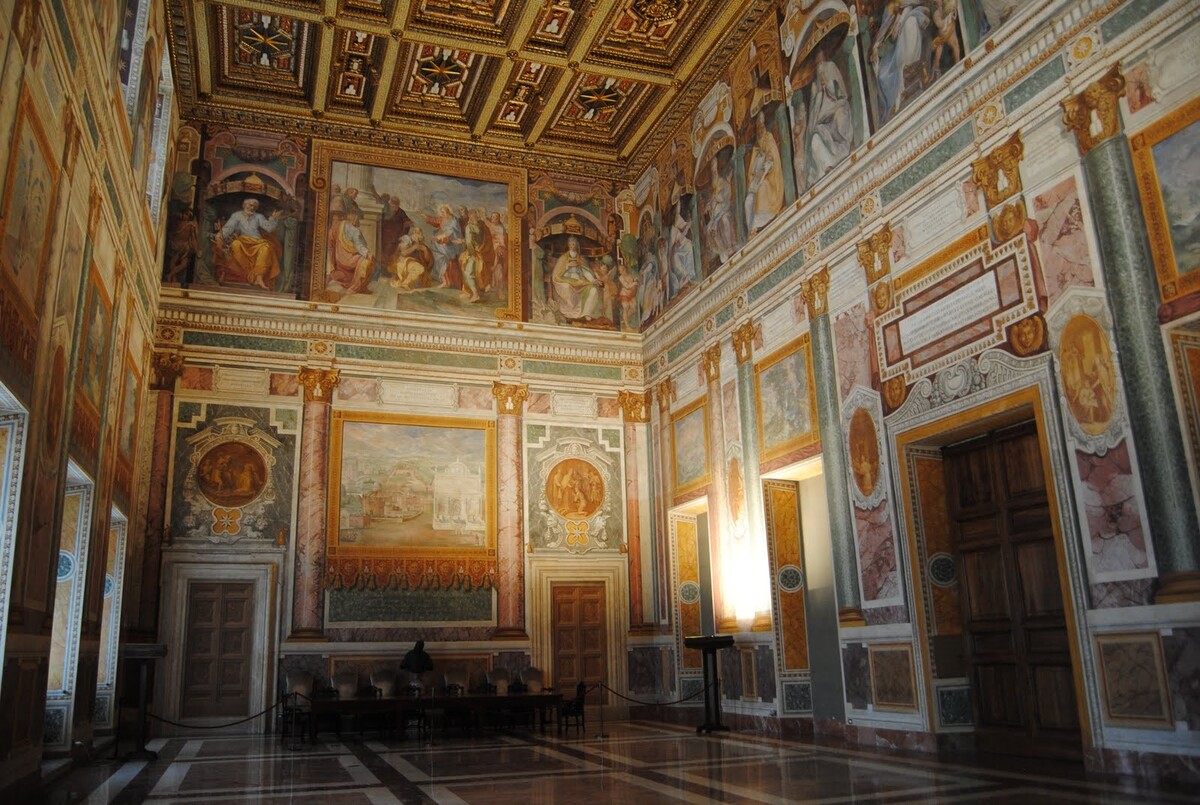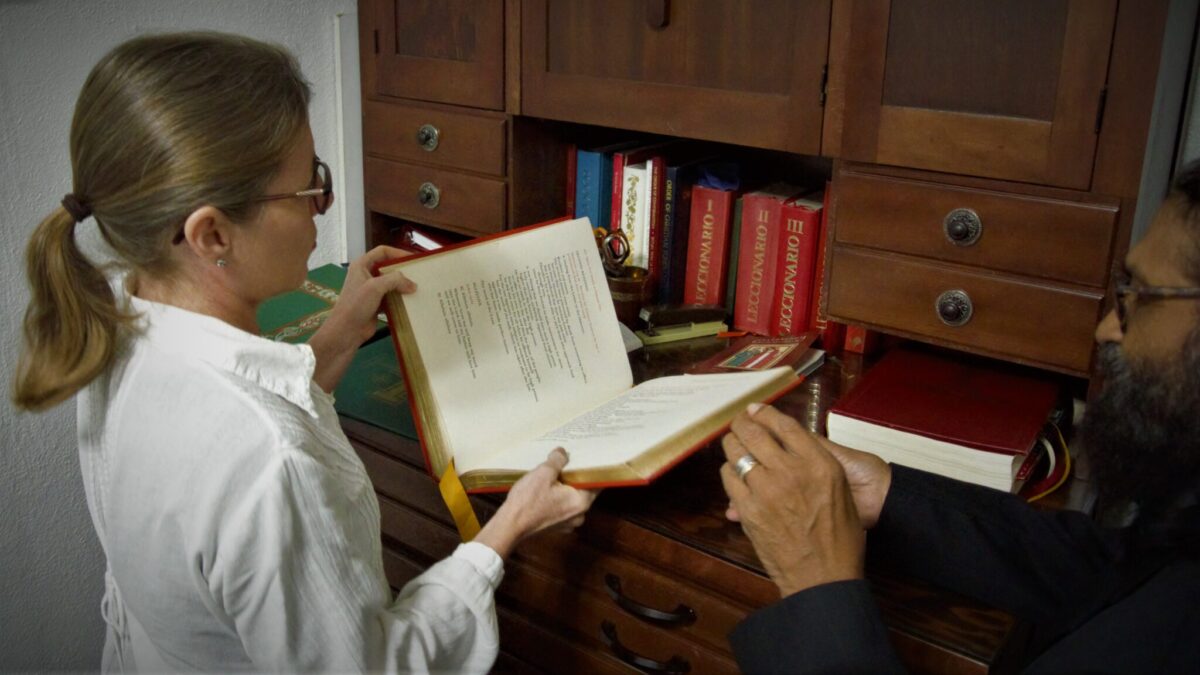
What is the Lateran Treaty? The Lateran Treaty is an agreement signed in 1929 between the Kingdom of Italy and the Holy See. This treaty recognized Vatican City as an independent sovereign state. It settled the "Roman Question," which arose when Italy annexed the Papal States in 1870. The treaty consists of three documents: a political treaty, a financial convention, and a concordat. These documents established the Vatican's independence, provided financial compensation to the Holy See, and regulated church-state relations in Italy. The Lateran Treaty remains a cornerstone of Vatican-Italian relations, shaping the unique status of Vatican City today.
What is the Lateran Treaty?
The Lateran Treaty is a significant agreement that shaped the relationship between the Vatican and Italy. Signed on February 11, 1929, it resolved long-standing disputes between the two entities. Here are some intriguing facts about this historic treaty.
-
The Lateran Treaty was signed by Benito Mussolini, representing the Kingdom of Italy, and Cardinal Pietro Gasparri, representing the Holy See.
-
The treaty recognized Vatican City as an independent state, making it the smallest country in the world.
-
It ended the "Roman Question," a dispute that began in 1870 when Italy annexed the Papal States.
-
The treaty included three documents: a political treaty, a financial convention, and a concordat.
-
The political treaty established Vatican City's sovereignty and independence.
-
The financial convention compensated the Holy See for the loss of the Papal States, with Italy paying 750 million lire and giving 1 billion lire in government bonds.
-
The concordat regulated the relationship between the Catholic Church and the Italian state, including matters like marriage and education.
-
The treaty granted the Pope full independence and sovereignty within Vatican City.
-
Vatican City covers just 44 hectares (110 acres), making it the smallest internationally recognized independent state.
-
The treaty allowed the Vatican to issue its own passports, currency, and postage stamps.
Impact on Italy and the Catholic Church
The Lateran Treaty had profound effects on both Italy and the Catholic Church, shaping their interactions for decades to come.
-
The treaty recognized Catholicism as the state religion of Italy, giving the Church significant influence.
-
It allowed the Church to maintain its properties and institutions within Italy.
-
The treaty ensured that religious instruction would be part of the curriculum in Italian public schools.
-
It granted the Church control over marriage laws, requiring civil recognition of religious marriages.
-
The Lateran Treaty was incorporated into the Italian Constitution in 1948, solidifying its importance.
-
The treaty's concordat was revised in 1984, ending Catholicism's status as the state religion but maintaining many of the Church's privileges.
Modern Relevance of the Lateran Treaty
Even today, the Lateran Treaty continues to influence the relationship between the Vatican and Italy, as well as the broader international community.
-
The treaty established a model for resolving disputes between states and religious entities.
-
It set a precedent for the creation of microstates, influencing the establishment of other small sovereign entities.
-
The Lateran Treaty remains a key reference point in discussions about church-state relations.
-
It highlights the importance of diplomacy and negotiation in resolving complex historical conflicts.
The Lasting Impact of the Lateran Treaty
The Lateran Treaty of 1929 changed the relationship between Italy and the Vatican forever. By recognizing the Vatican as an independent state, it gave the Pope both spiritual and temporal power. This agreement also settled financial disputes, granting the Vatican compensation for lost territories. The treaty allowed the Catholic Church to play a significant role in Italian society, influencing education and politics. Even today, the Lateran Treaty remains a cornerstone of Vatican-Italian relations, shaping interactions between church and state. Understanding this treaty helps us grasp the complex dynamics of modern Italy and the Vatican. It’s a pivotal moment in history that continues to affect millions of lives. Whether you're a history buff or just curious, the Lateran Treaty offers a fascinating glimpse into the past and its ongoing influence.
Was this page helpful?
Our commitment to delivering trustworthy and engaging content is at the heart of what we do. Each fact on our site is contributed by real users like you, bringing a wealth of diverse insights and information. To ensure the highest standards of accuracy and reliability, our dedicated editors meticulously review each submission. This process guarantees that the facts we share are not only fascinating but also credible. Trust in our commitment to quality and authenticity as you explore and learn with us.


